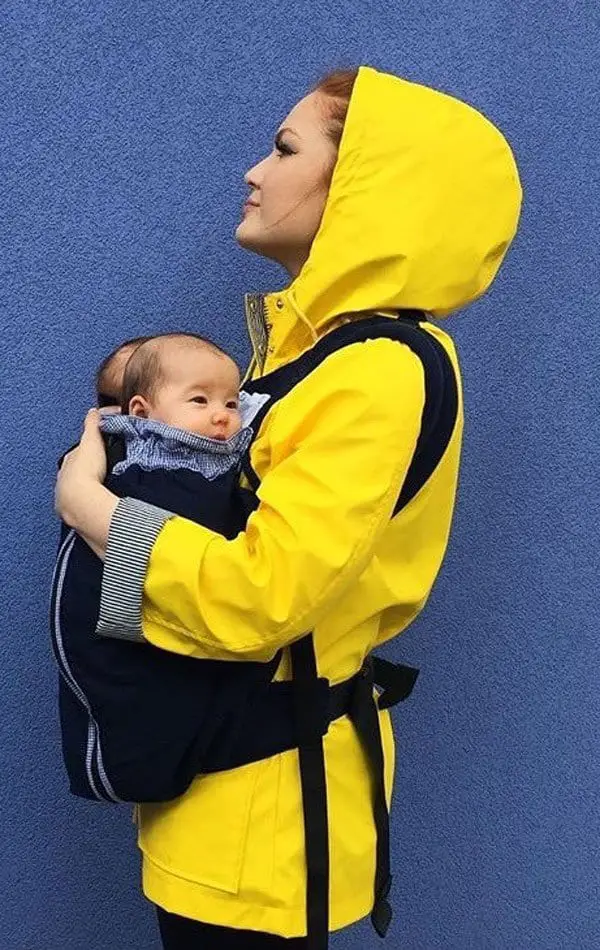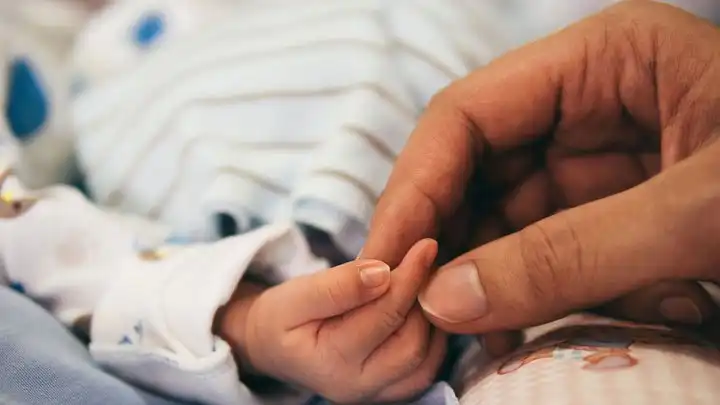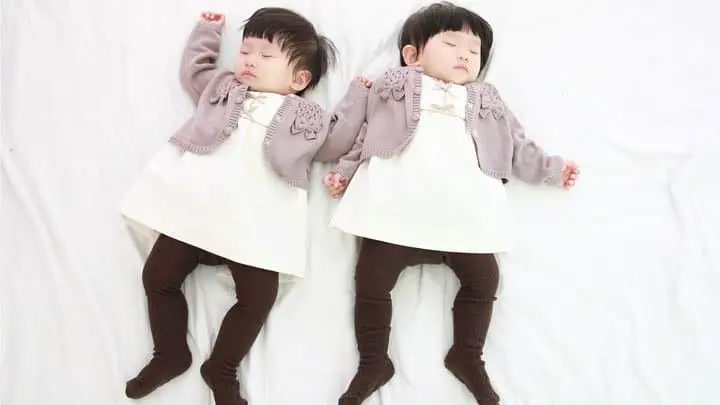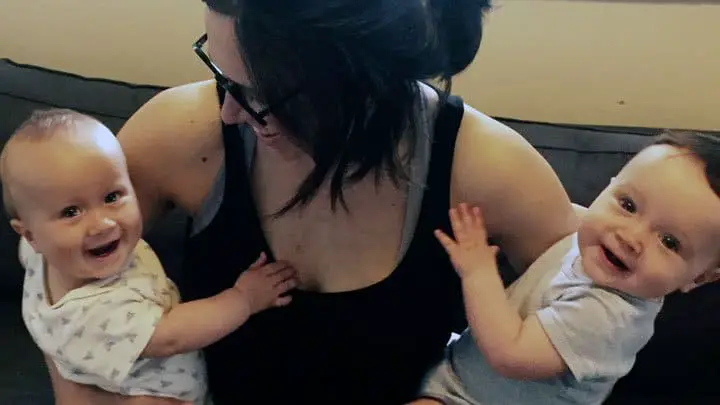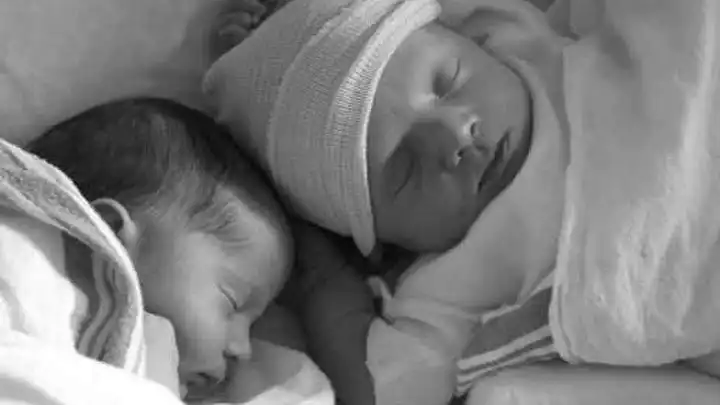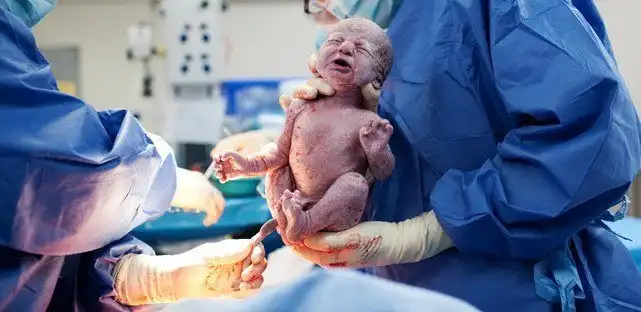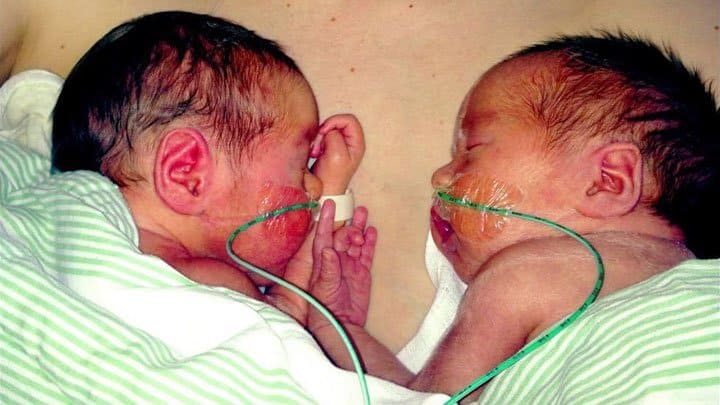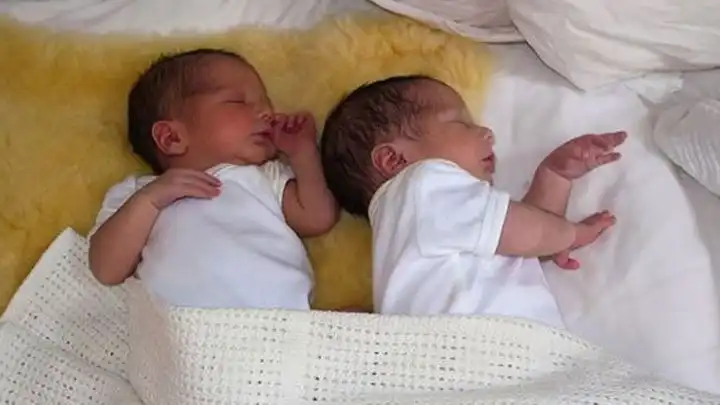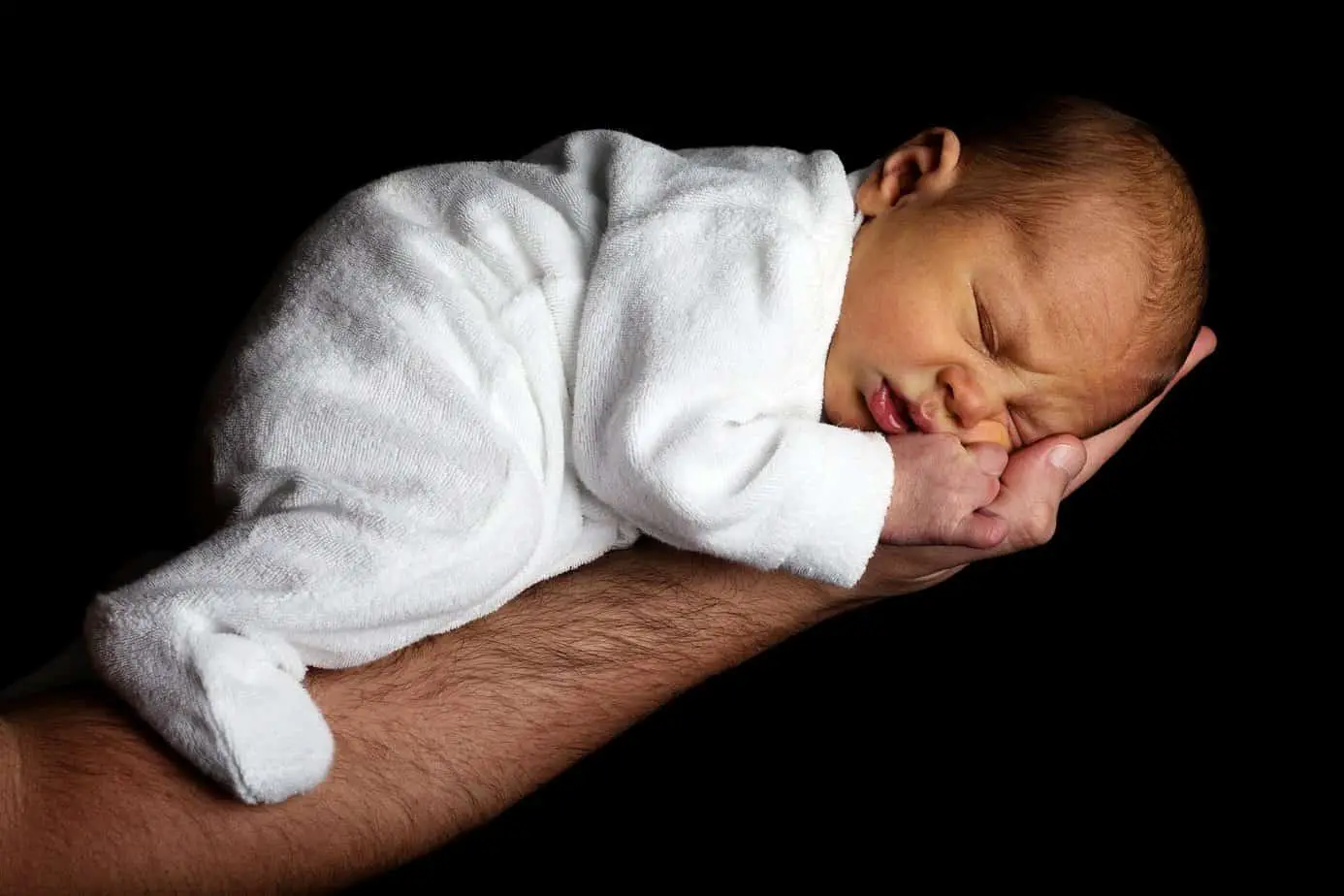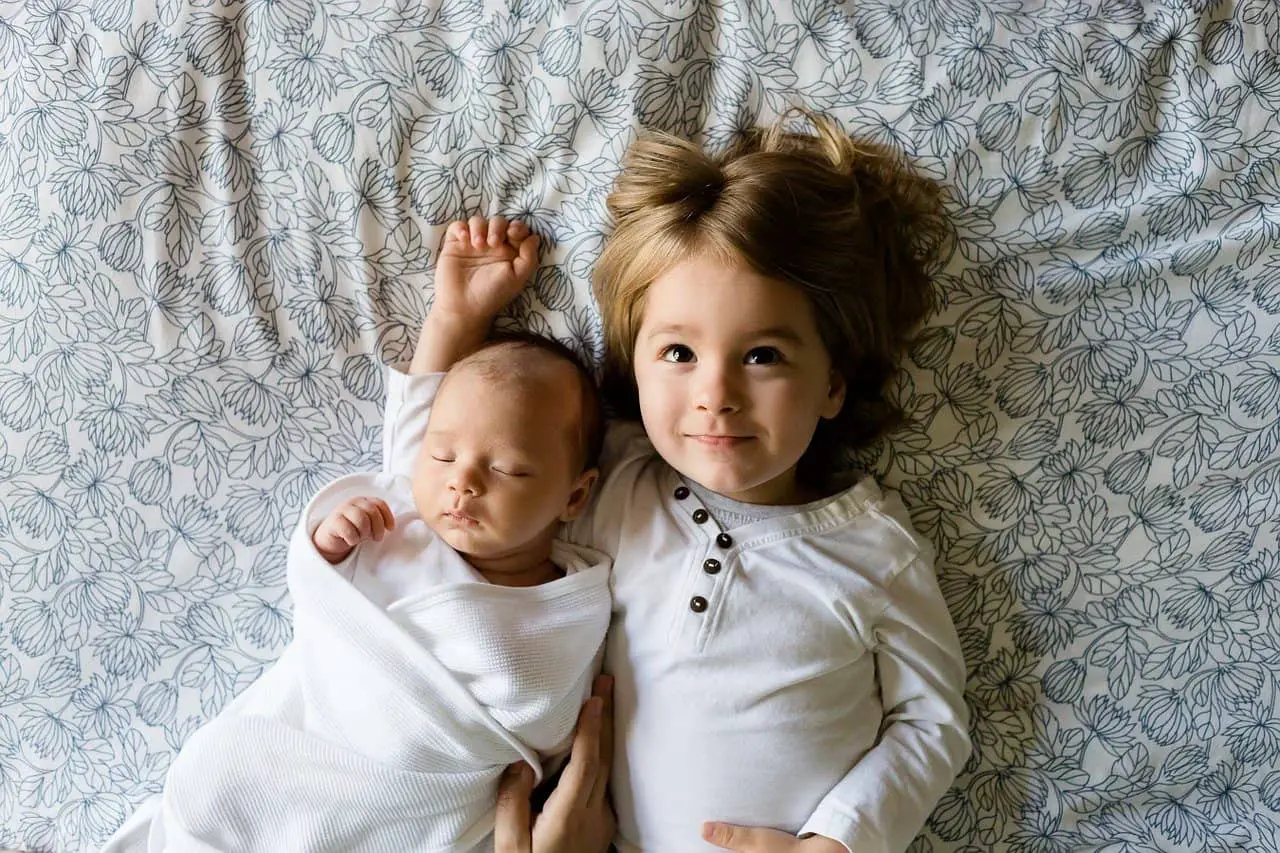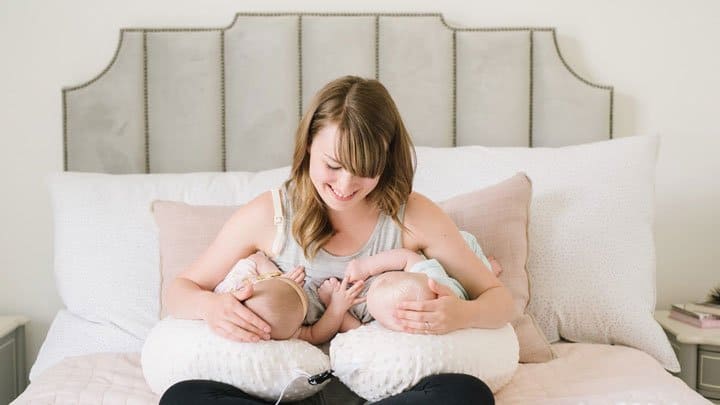Twins Born at 27 Weeks: Outlook & Survival Rate
Twins born at 27 weeks are born in the extremely preterm category, and they desperately need proper treatment and monitoring in order to have the best possible outlook. Proper medical care is essential. Your twins are considered born preterm if you give birth before 37 weeks of pregnancy is completed (37+0 weeks). This is according to the World Health Organization (WHO), who subcategories preterm birth based on gestational age.
extremely preterm (<28 weeks)
very preterm (28 to <32 weeks)
moderate to late preterm (32 to <37 weeks)
Will my babies survive?
There is a dramatic difference in the survival rate of premature babies depending on where they are born. More than 90 percent of extremely preterm babies born in low-income countries die within the first few days of life. Less than 10 percent of extremely preterm babies die in high-income settings. This is due to the fact that many people in low-income countries don’t have access or can afford proper medical care.
What happens to me if I go into preterm labour?
The WHO has issued guidelines to improve the outcome of preterm birth. If you go into preterm labour steroid injections should be given before birth, maturing the lungs of your babies. The WHO also recommends that the mother is given antibiotics when her water breaks before the onset of labour and magnesium sulfate to prevent future neurological impairment of the children. You need to give birth at a medical facility equipped to deal with very preterm babies. They also recommend interventions for the newborn babies. For instance thermal care, feeding support, kangaroo mother care, safe oxygen use, and other treatments to help the babies breathe more easily.
What happens to twins born at 27 weeks?
Twins born at 27 weeks are born with an extremely low birth weight. Almost all require treatment with oxygen, surfactant, and mechanical assistance to help them breathe. They also need to be fed intravenously until they learn how to suck, swallow, and breathe at the same time. They need to stay in the Neonatal Intensive Care Unit (NICU) for a long time in order to be monitored and receive the medical help that they need. They will not look like babies born at term. They’ll look very small and thin, and you’ll be able to see the blood vessels underneath their skin. Their faces and bodies will most likely be covered in soft hair called lanugo. You won’t be able to hold them right away, their conditions need to be stable first.

These identical mo-di twin boys were born at 26 +1 weeks. Both boys are doing really well, they have no issues physically but attend a special school. One twin had a few bleeds on the brain when he was a couple of weeks old causing severe learning disabilities, absent type seizures and has autism. He got Staphylococcal Scalded Skin Syndrome (SSSS), when he was in NICU, which caused the bleeds on his brain. The other twin has learning disabilities and chronic lung disease. He needs hospital intervention from time to time, medications and specialist involvement.
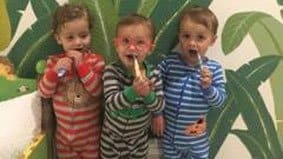
These triplets were born at 26+2 weeks. Baby b passed at 8 days due to sepsis. Birth weight was 1lb, 11 oz (765 grams). Baby a and c weighed 1lb, 2oz (510 grams) and 1lb, 8oz (680 grams). The babies did not share a placenta. The babies were released from the NICU when they were at 4lbs, 1oz (1842 grams). The last baby was released from the NICU four months after birth.
